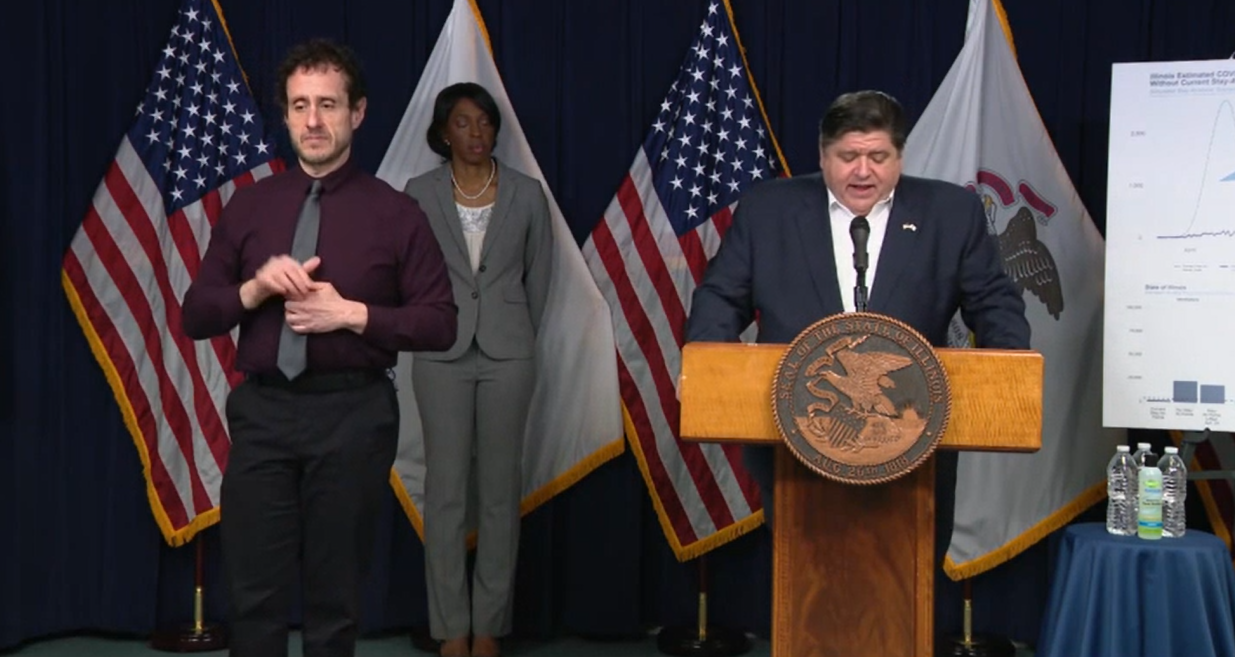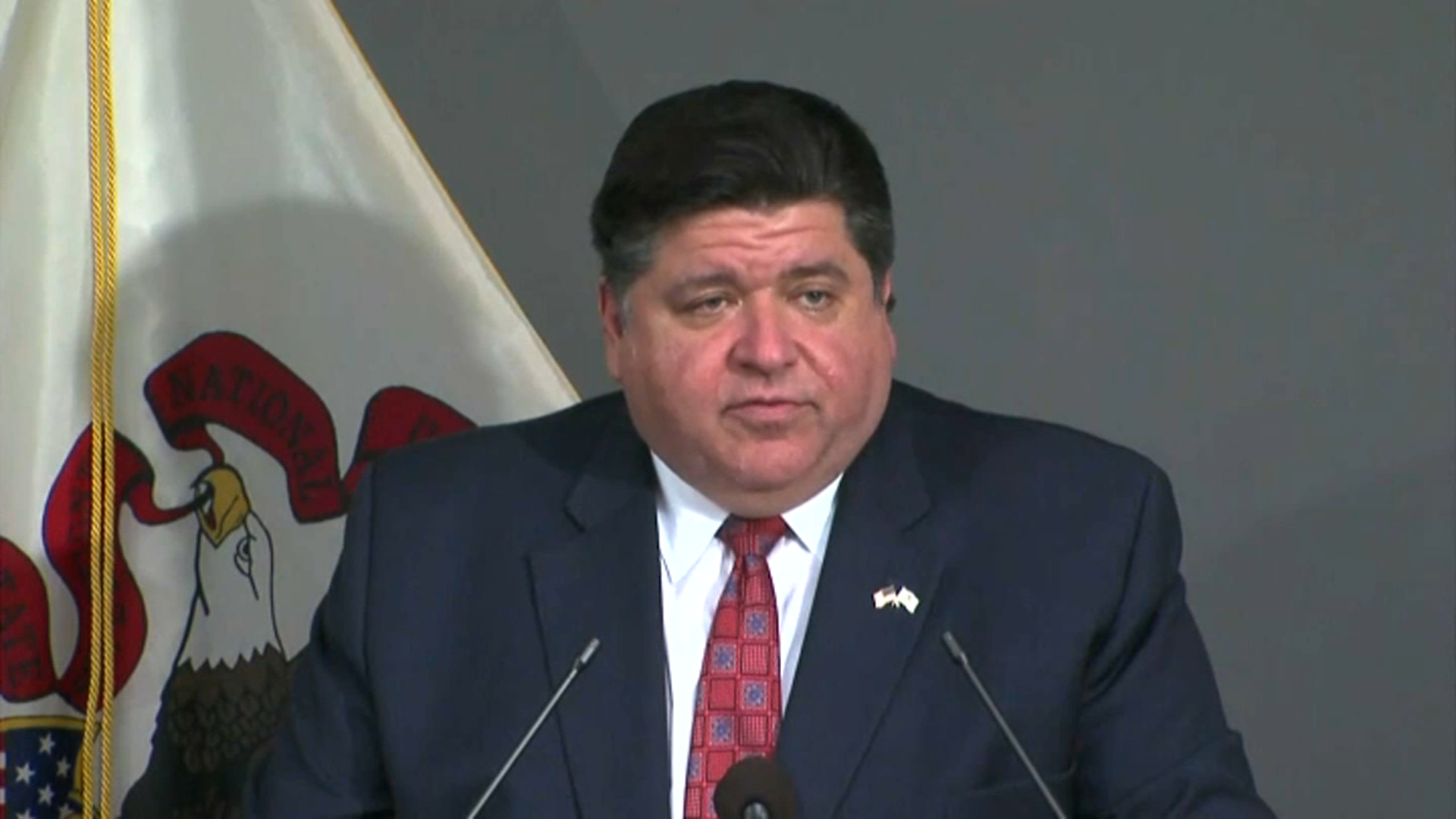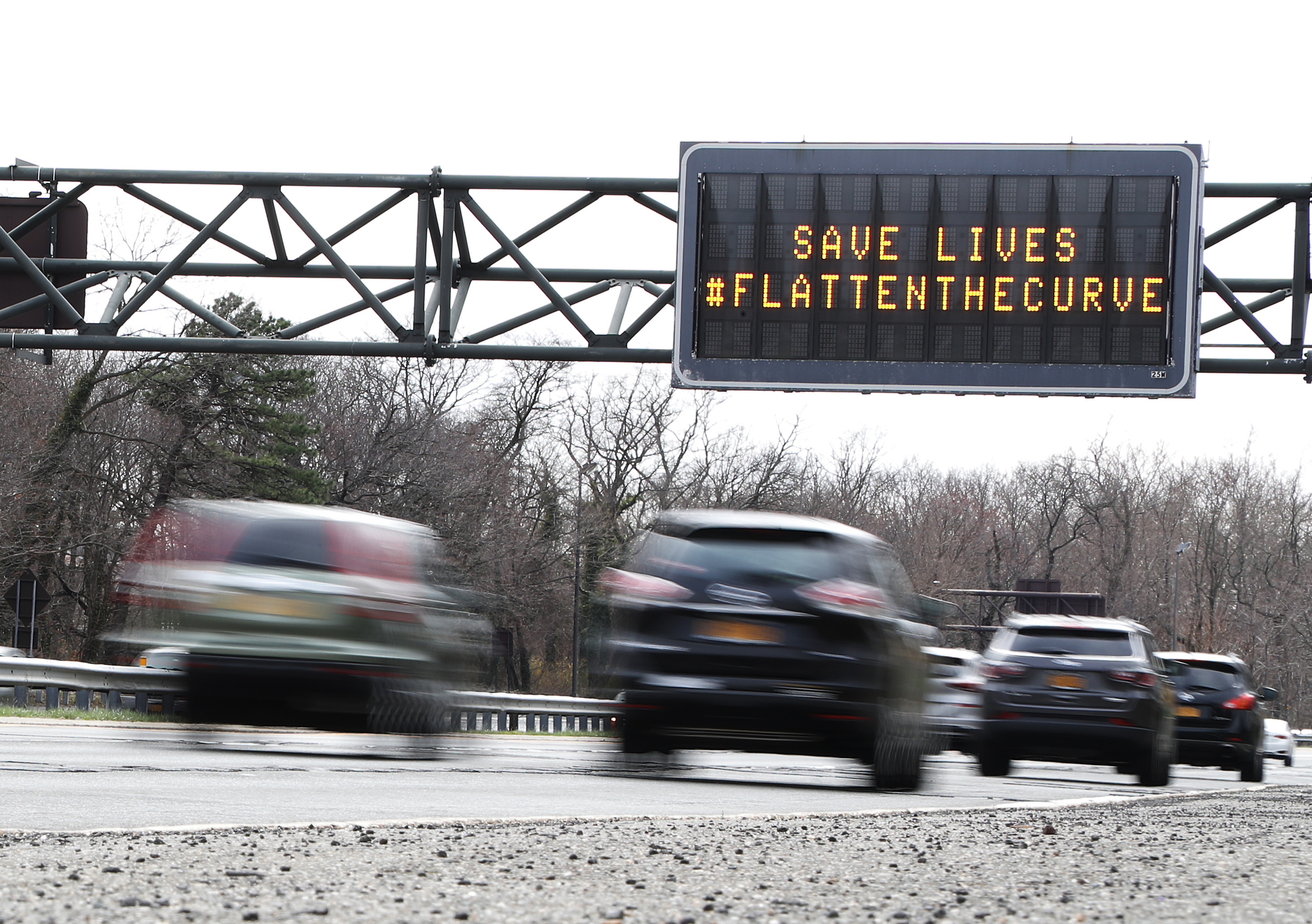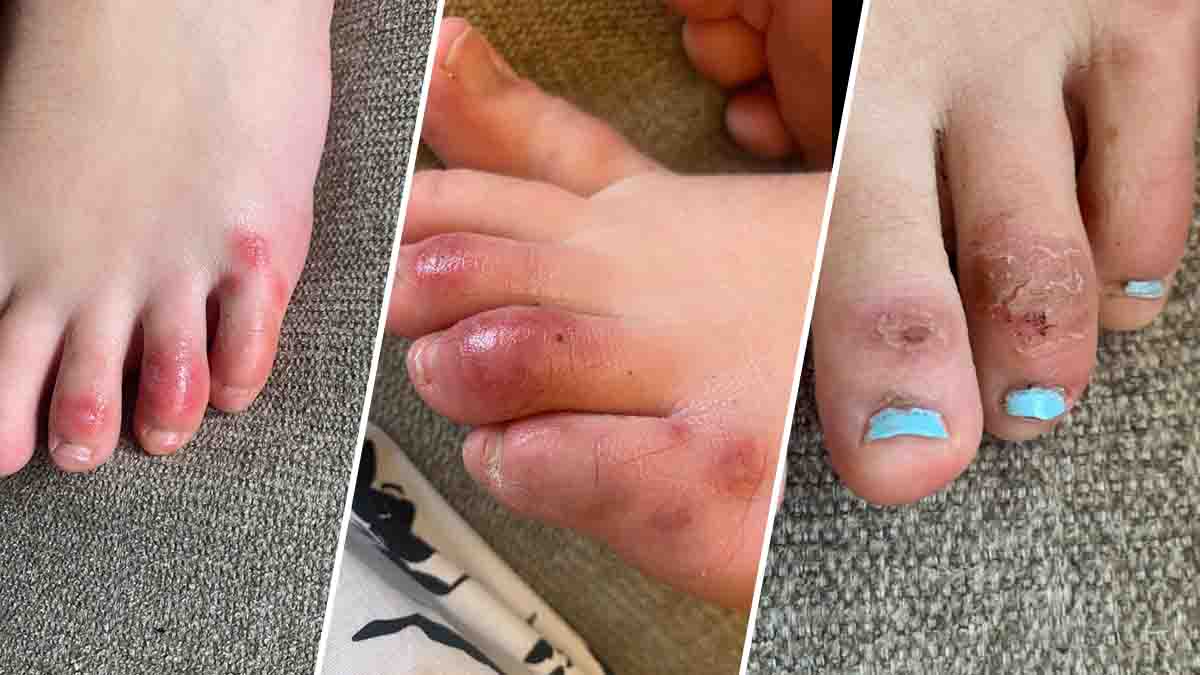Illinois' stay-at-home order will now be in effect through May, Gov. J.B. Pritzker announced Thursday.
With just one week left until the current April 30 deadline, Pritzker said he plans to extend the deadline until May 30, though some changes will be put in place.
“I know how badly we all want our normal lives back. But this is the part where we have to dig in and understand that the sacrifices we’ve made as a state to avoid a worst-case scenario are working — and we need to keep going a little while longer to finish the job," Pritzker said.
The order includes modified restrictions beginning May 1.
Among those is a new requirement that residents cover their faces in public spaces where social distancing is difficult. The mandate begins May 1 and applies to anyone over the age of 2 who is "able to medically tolerate a face-covering or a mask."
Pritzker also lifted some restrictions on the order, opening up state parks, new essential businesses and changing restrictions for non-essential retail beginning in May.
Pritzker had been hinting at a possible extension for days, but with no definitive answer, residents were left wondering.
Chicago Mayor Lori Lightfoot on Tuesday suggested the order could be extended well into May and possibly even June. She added Thursday that she thinks Pritzker's announcement is "appropriate."
"We don't know how long it will take not only to flatten [the curve] but to decrease," Lightfoot said.
The statewide stay-at-home order first took effect on March 21. It was later extended through April 30 and now through May.
Already, some Chicago suburbs have canceled Memorial Day and even Fourth of July celebrations. Meanwhile major summer festivals like Chicago Pride Fest and those celebrating blues and gospel music in the city are also postponed or canceled.
New modeling released this week indicates that Illinois may not hit its peak level of coronavirus spread until mid-May, crediting social distancing and the stay-at-home order for the delay.
"If we had seen that very rapid increase like we were seeing in early and mid-March, we would have peaked by now," Chicago Department of Public Health Commissioner Allison Arwady said Thursday. "We also would have completely overwhelmed our healthcare system."
"I know it's hard when people -- I want to move on, we all want to move on, but we want to move on in a way that we are confident that as we slowly reopen things ... we have to pair that with making sure we don't see a big second surge of cases," she added. "It is the right thing to be thinking about this carefully in a data-driven way."
Pritzker has said the state could consider a region-by-region change to restrictions in place due to COVID-19, but it remains unclear when that may take place.
“I absolutely think that we need to look at where (healthcare) capacity exists,” Pritzker said during Monday’s availability. “If the hospital capacity in a certain area is quite large and very available, even with coronavirus in existence, then that might be a place where you can do more than some other place. The idea of people going outside and wearing a mask on a property of theirs that might be 100 acres in size is much different than the prospect of somebody on the North or West Side of Chicago going outside and walking on a sidewalk with hundreds of other people.”
With some states like Georgia reopening businesses beginning this weekend, Pritzker warned that doing so would have dire consequences in a state where the peak rate of coronavirus cases has yet to be reached.
“It seems to me to remove it as some other governors may want to do is to simply open everything back up to infection,” Pritzker said. “We’ve heard Dr. Ngozi Ezike saying the last couple of days that the number of people being infected by a single person who is COVID-19 positive has gone down significantly since we’ve put the stay-at-home order in place. That will go right back up again if you remove all the restrictions.”
The governor also said that he will continue to proceed with patience and care, and will continue to consult with doctors.
“We are planning on what we will do going forward if the peak comes in mid-May,” Pritzker said. “We need to have 14 days after that, according to many experts, where the cases are going down (before we can reopen the state).”





